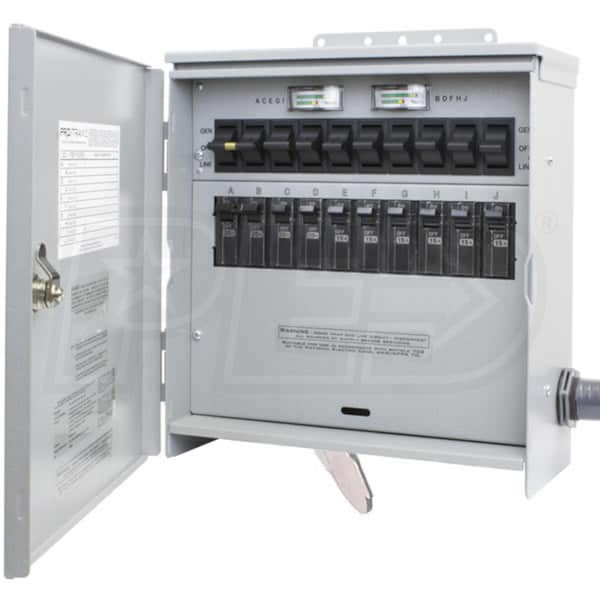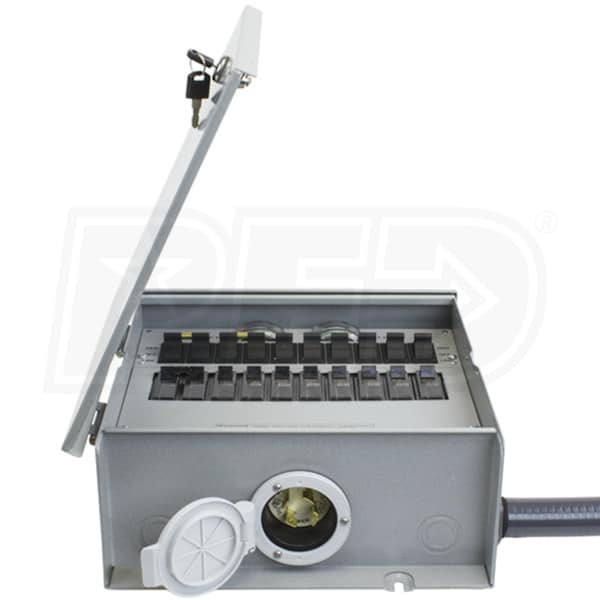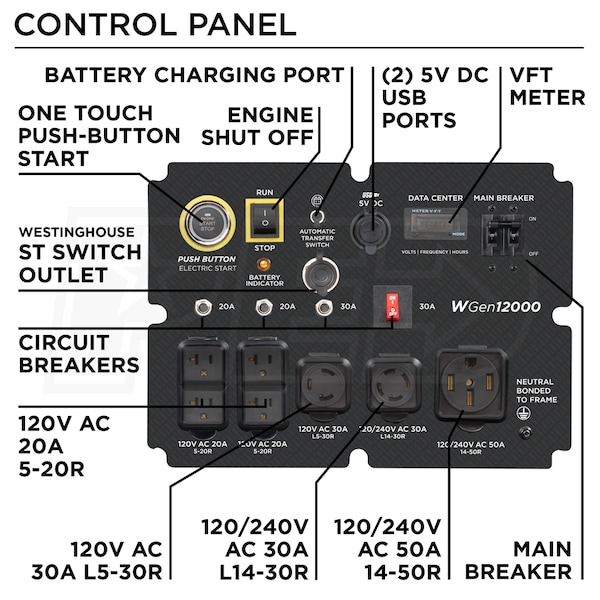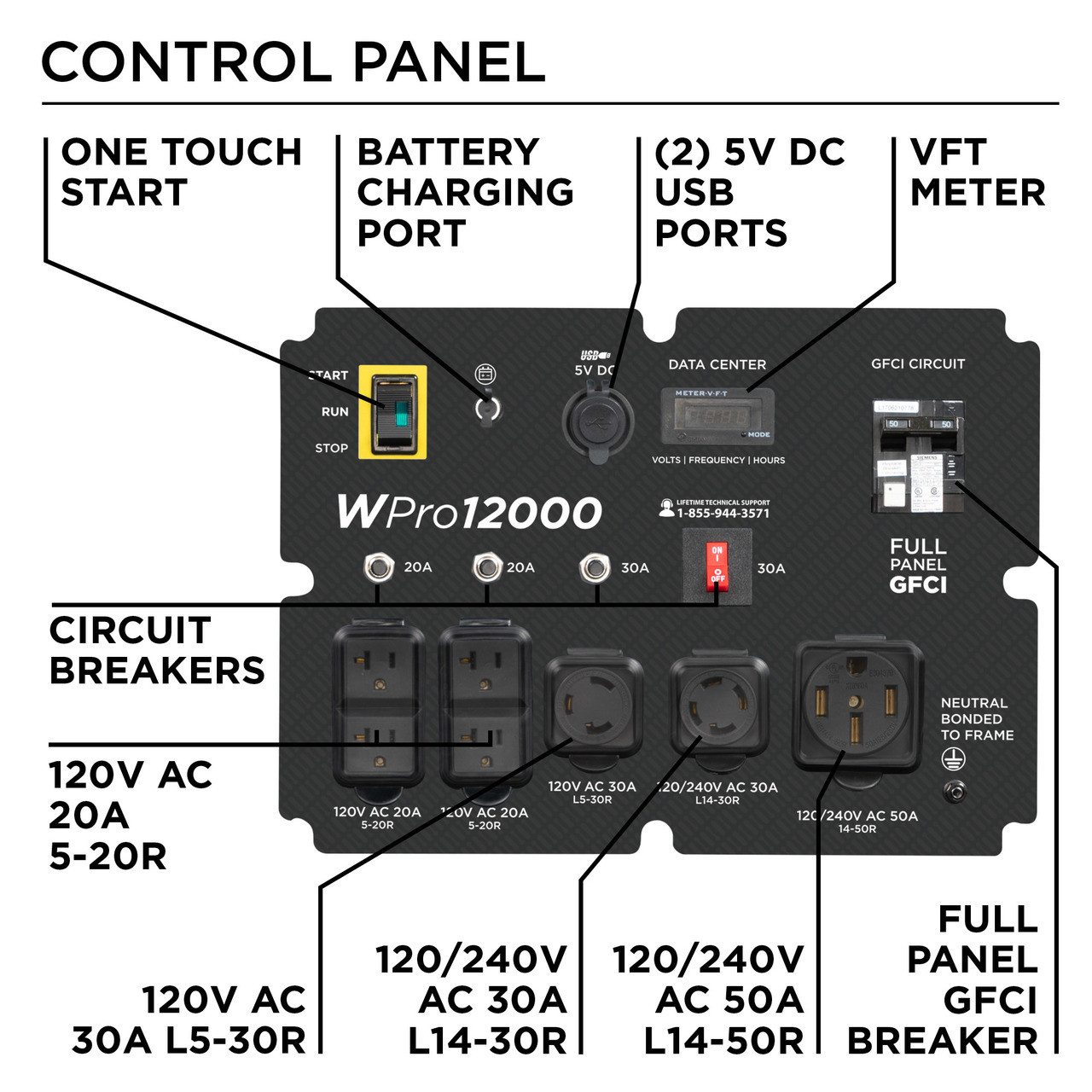With the power companies now turning off power to rural area during Santa Ana conditions, as well as the expected increase in brown outs due to high A/C use from global warming, I decided to wire my house to run on an emergency generator as well as the grid, and our solar power.
I had considered a whole house battery to back up our solar panels, but Tesla wants $14K for a battery that will hold 13.5Kw-Hours. Seems a bit much.
I bought a 15kW start-up, (12kW continous), 50 amp at 240 vac Westingouse generator that uses a 717CC V-twin for $2,200 and an electrial panel that attaches to my existing panel that will allow me to switch 10 breakers between either the grid/solar or the generator. The panel was $400. I am making up a 60 foot, 6-gauge cable that will allow me to locate the gererator in my far garage with the exhaust sticking out the back door ($215 for materials vs >$350 for a ready made 50-foot cable that won’t quite reach).
Been to the market lately???


In all I will have an investment of less than 25% of the cost of the battery. But the real kicker is that at 12kW, the generator will put out as much power in 68 minutes as the batteries can store before it goes flat. And, the battery will ONLY charge from the excess from the solar panels and we use more than we generate in solar energy. I think that the battery should charge almost instantly from the grid as soon as power is restored, but Tesla told me that is not the case. STUPID!

